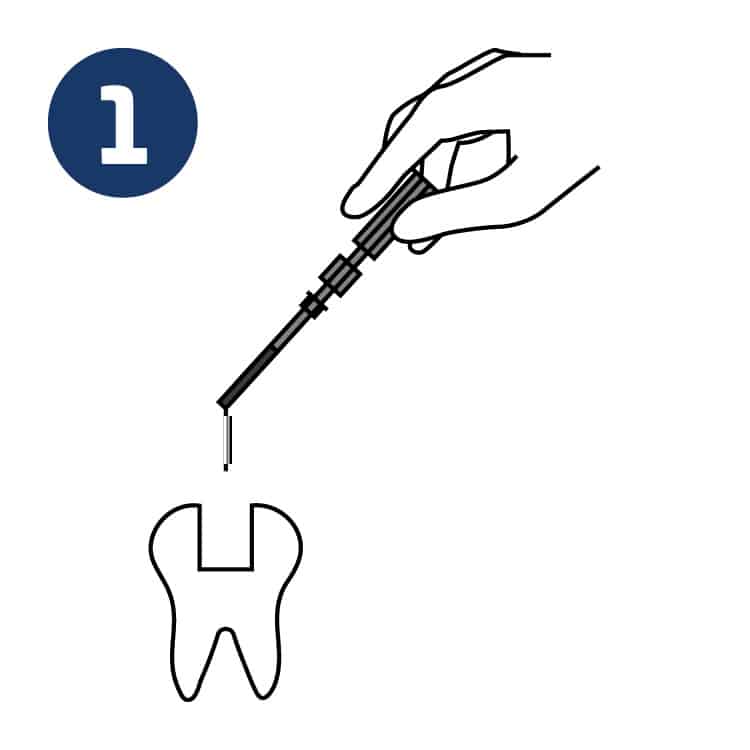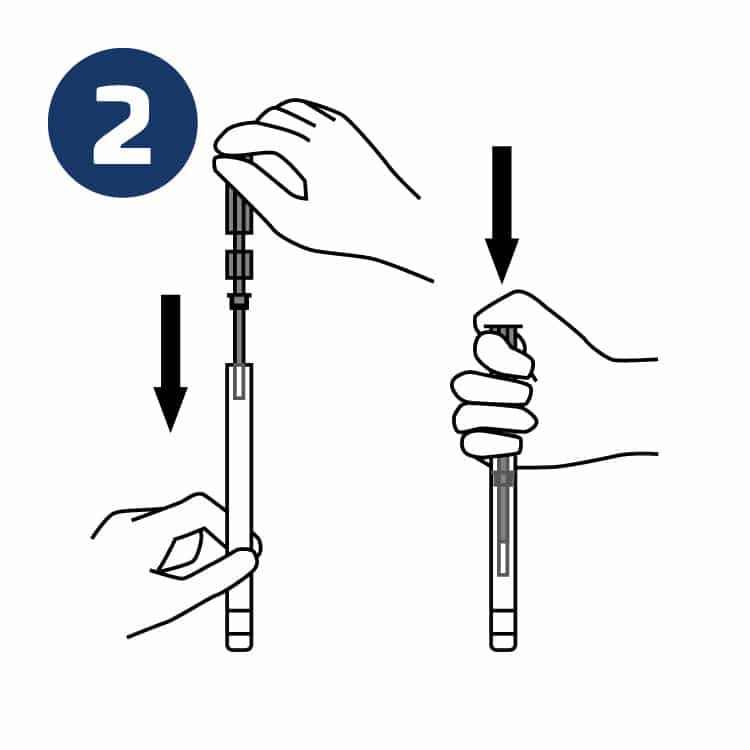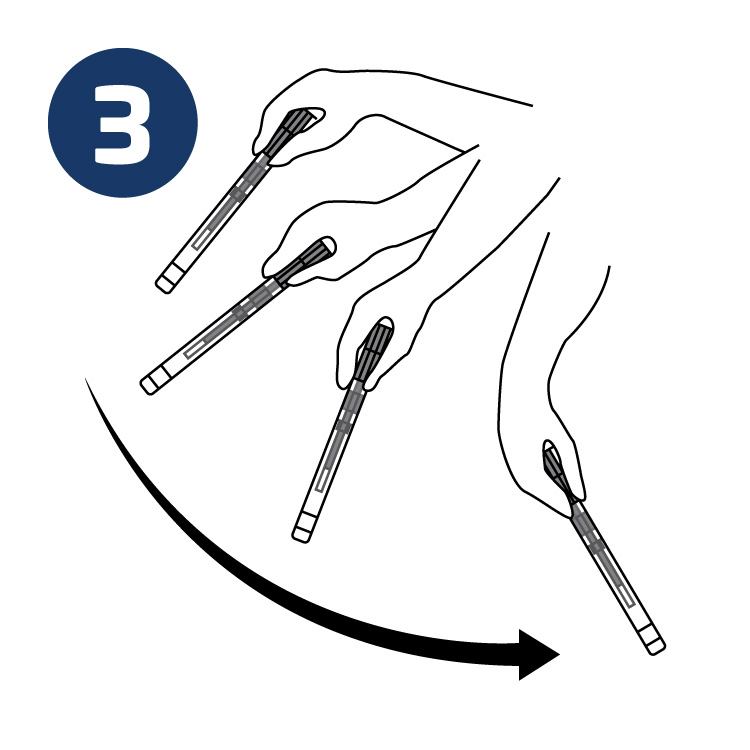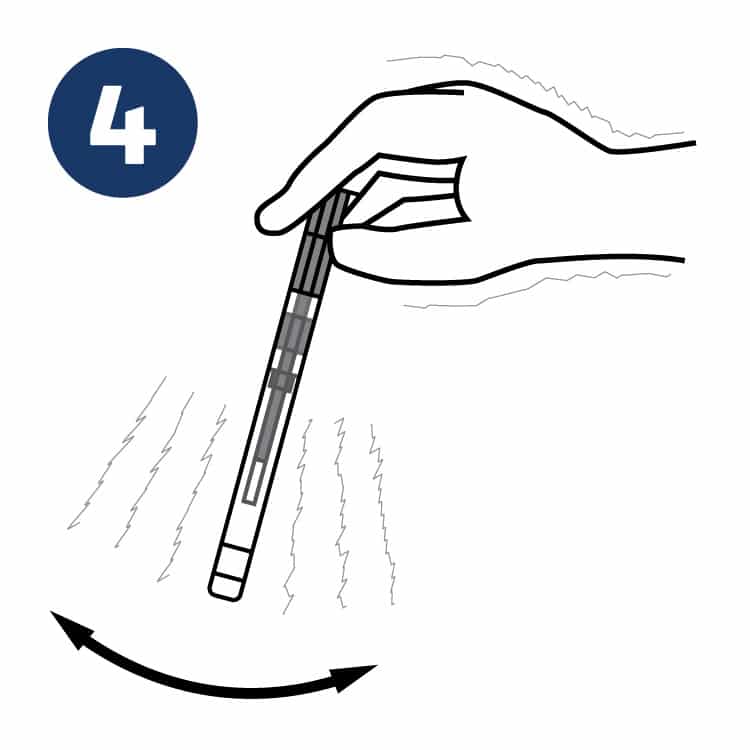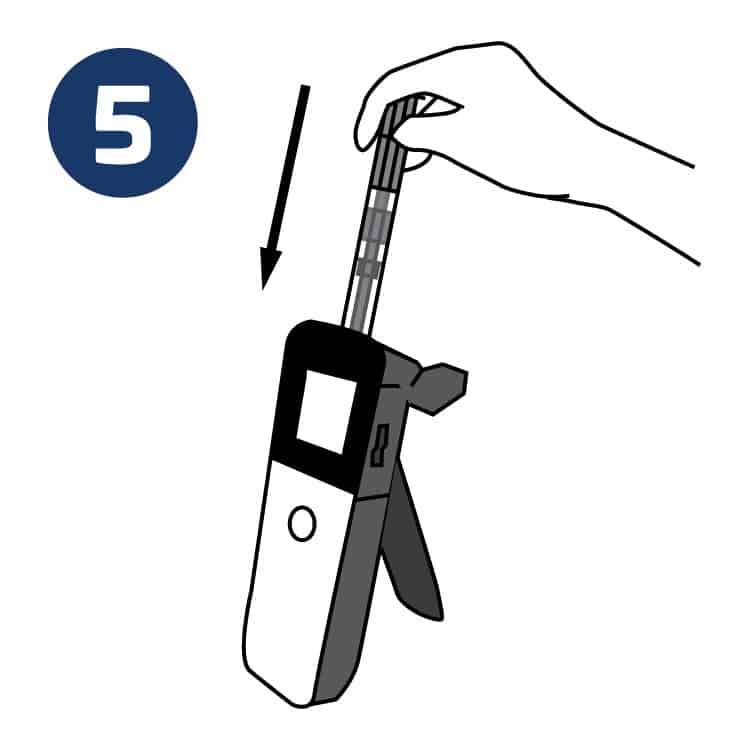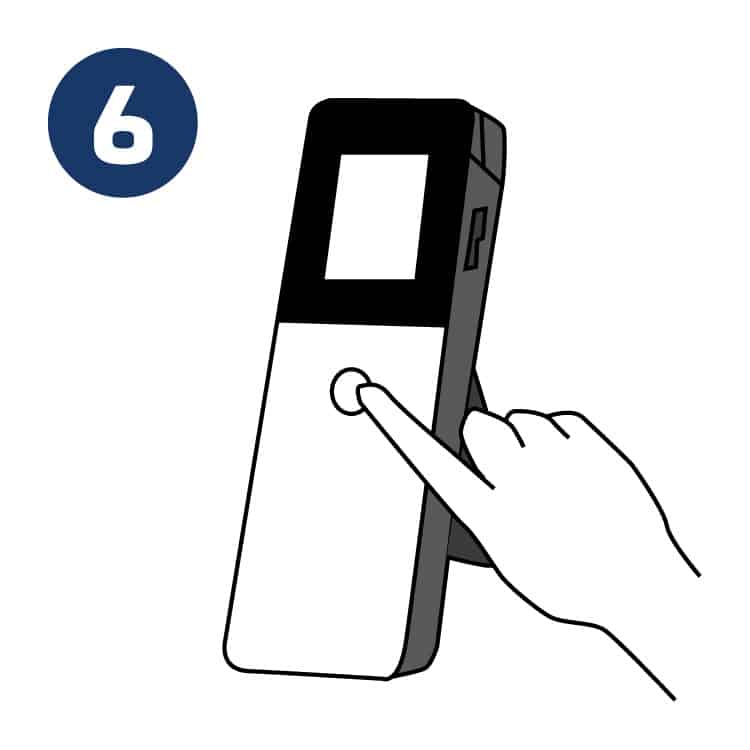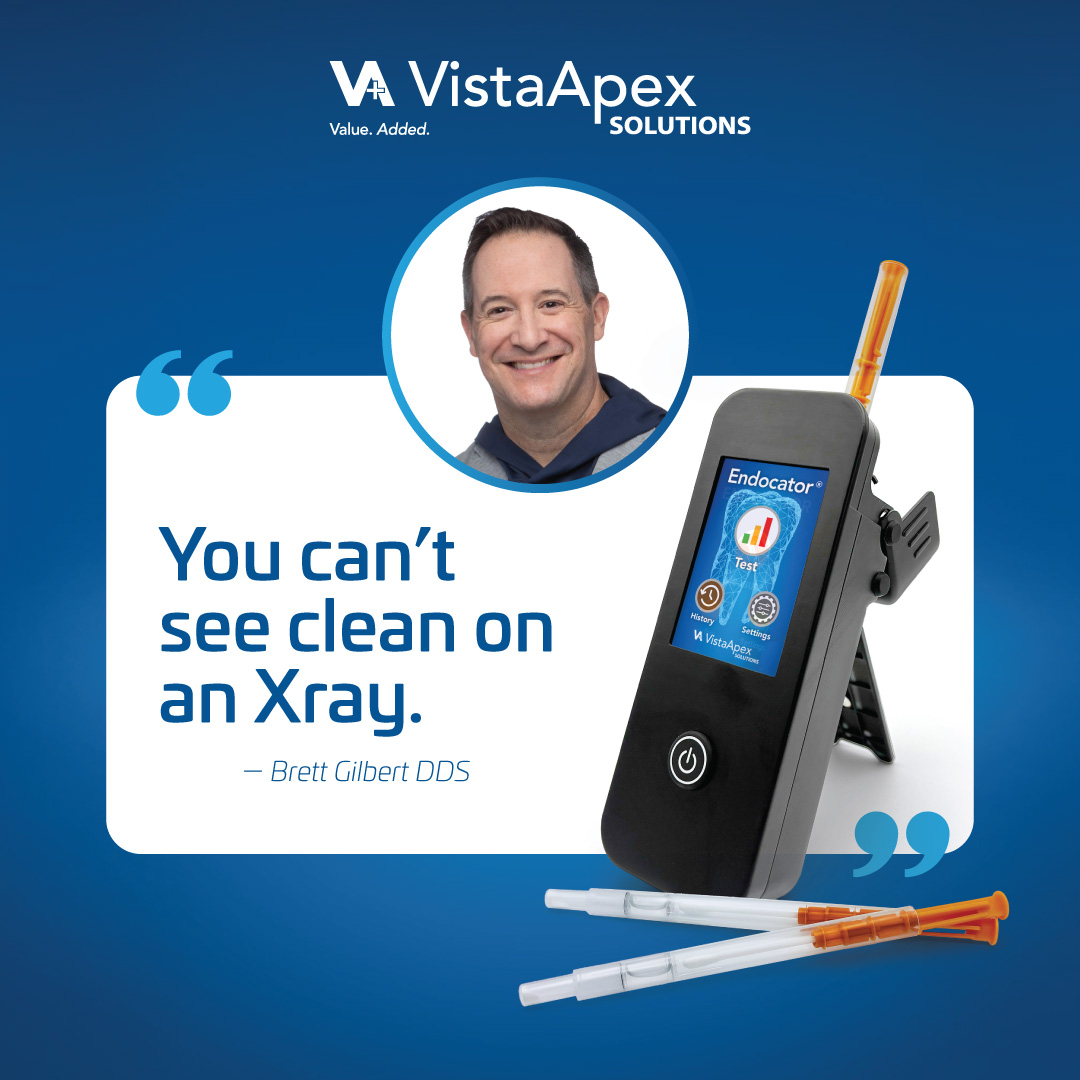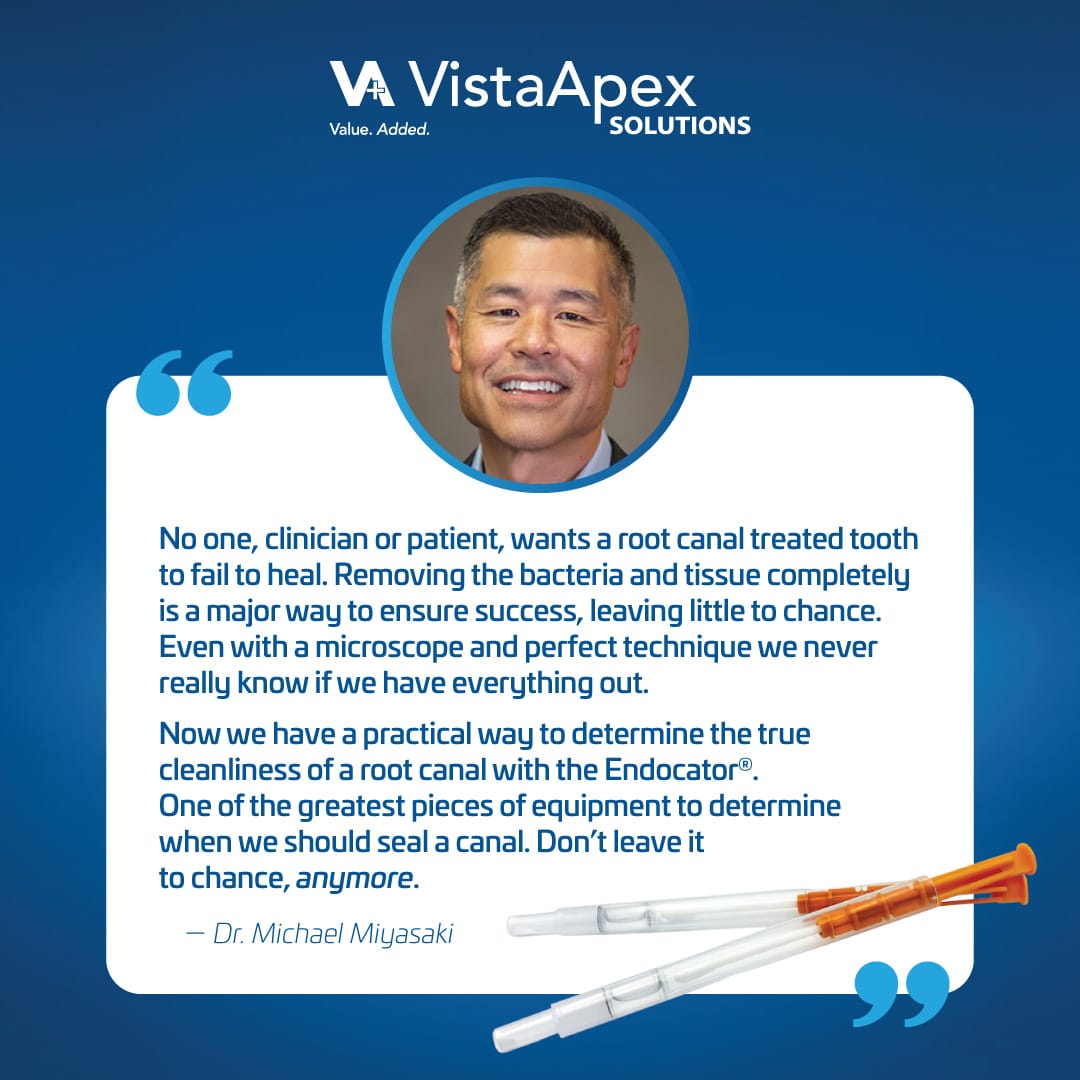

Think you finished irrigating?
What’s your Endoscore?
The Endocator® is the first and only chairside device that enhances root canal treatment by delivering an adjunctive canal cleanliness score in 10 seconds.* 1,2,3
Endocator® works by detecting trace amounts of adenosine triphosphate (ATP) and other biomarkers inside of a root canal. Low levels of ATP correlate to low levels of cellular debris within the root canal.
Journal Citations
1. J Conserv Dent Endod. 2025 Feb;28(2):175-181.
2. J Conserv Dent Endod. 2024 Feb;27(2):111-112.
3. J Endod. 2015 Apr;41(4):447-50.
* Product images are for illustrative purposes only. The final product may vary based on model specifications and design updates.
Watch and hear directly from Dr. Brett Gilbert as he shares his firsthand experience using Endocator in clinical practice. In this short review,
Dr. Gilbert explains why measuring canal cleanliness matters, how Endocator fits seamlessly into the endodontic workflow, and how objective data can replace guesswork before obturation.
If you’re looking to improve confidence, efficiency, and outcomes in root canal therapy, this is a must-watch perspective from a trusted clinician.
Here to Help—Every Step of the Way Our Customer Service Team can assist you in placing your order with your preferred dealer. Call, chat, or email us today. Call: (877) 418-4782 | Email: [email protected]
The Endocator® is Now Available Through Your Preferred Dealer
Please click below to fill out the short form and we’ll connect you directly with a dealer partner in your area.
Let's Take a Closer Look...
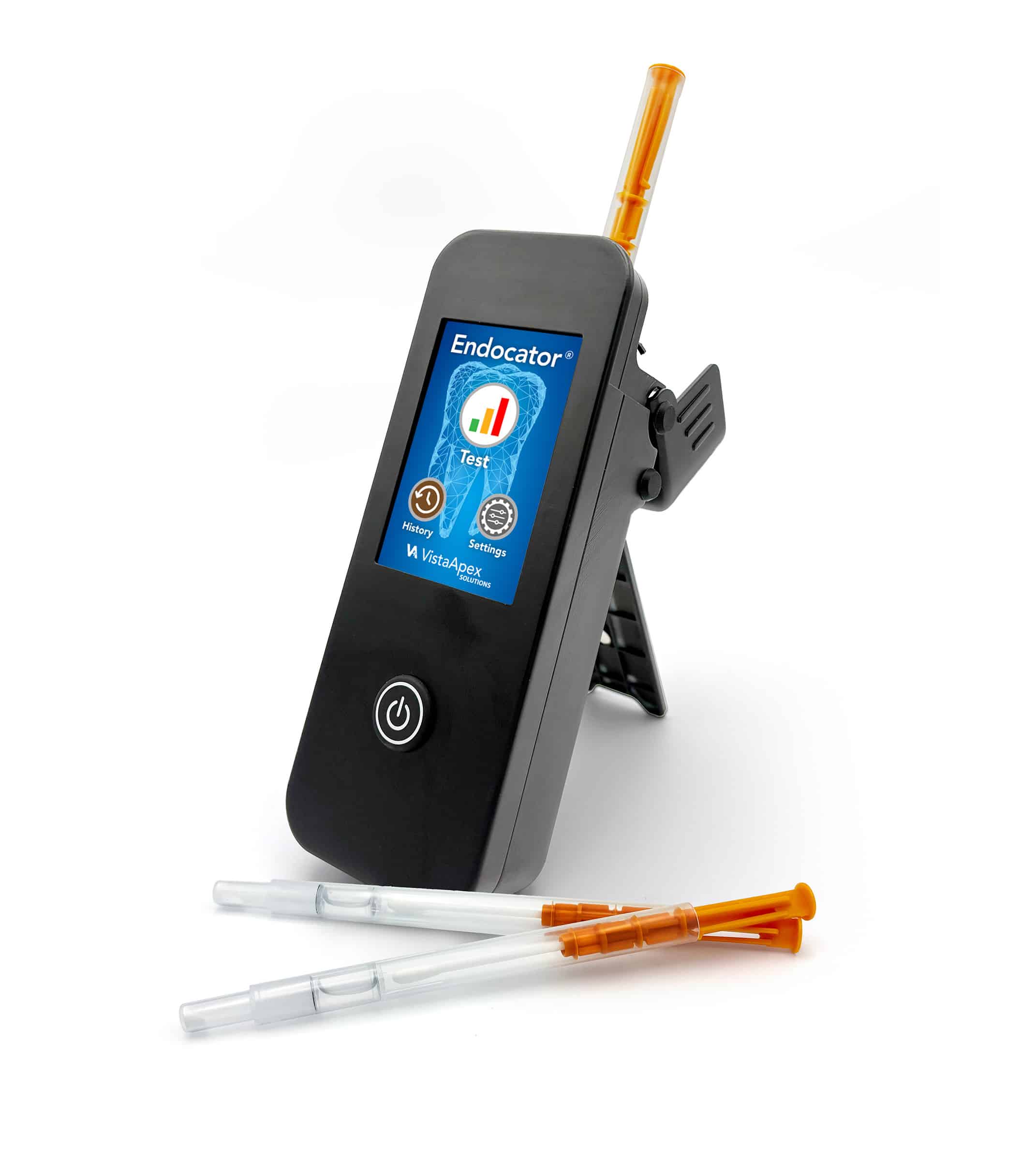
Upon inserting an Endocator® Test Swab into the device, this easy-to-read screen will show you a 0-100 Endoscore in 10 seconds.
On/OffSimple on/off switch
Endocator Test SwabsInject a sample into the specifically formulated Endocator® Test Swab which will react with biomarkers associated with debris (e.g. remnant pulp tissue, bacteria, etc.)
Compact and Easy-to-UseThe Endocator® is cordless, compact, and easy-to-use, making it the perfect chairside tool to help assess the cleanliness of your root canal treatments.
Endocator® Features & Benefits
Confirm your root canal is clean in 10 seconds

Know if the root canal is clean
Residual debris is known to contribute to root canal failure. Endocator® is able to detect trace amounts of root canal contamination from bacteria, nerve tissue, blood, saliva, and apical fluid.
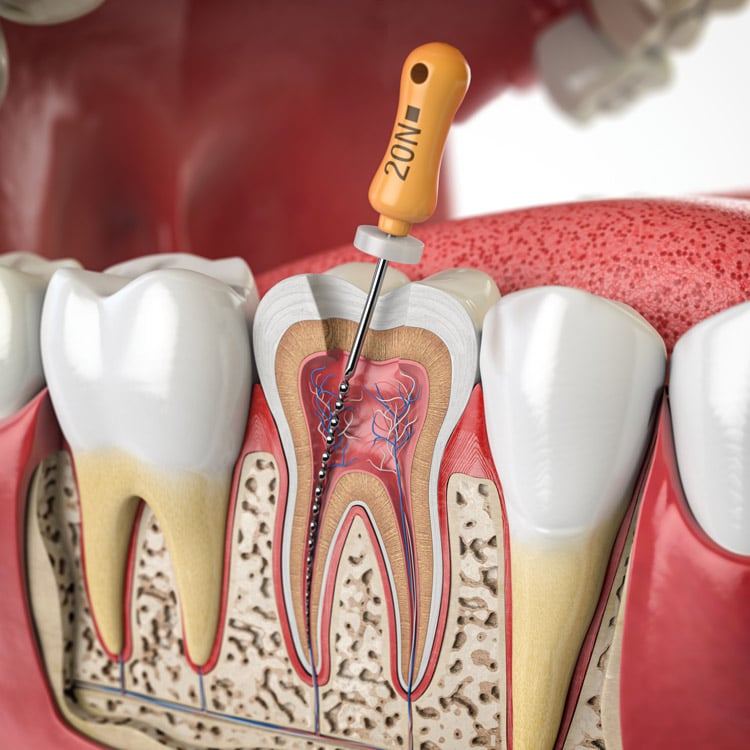
Made for root canals
Our patented system for adjunctive root canal testing uses a proprietary equipment and chemistry formulations that have been specifically engineered for endodontic use.
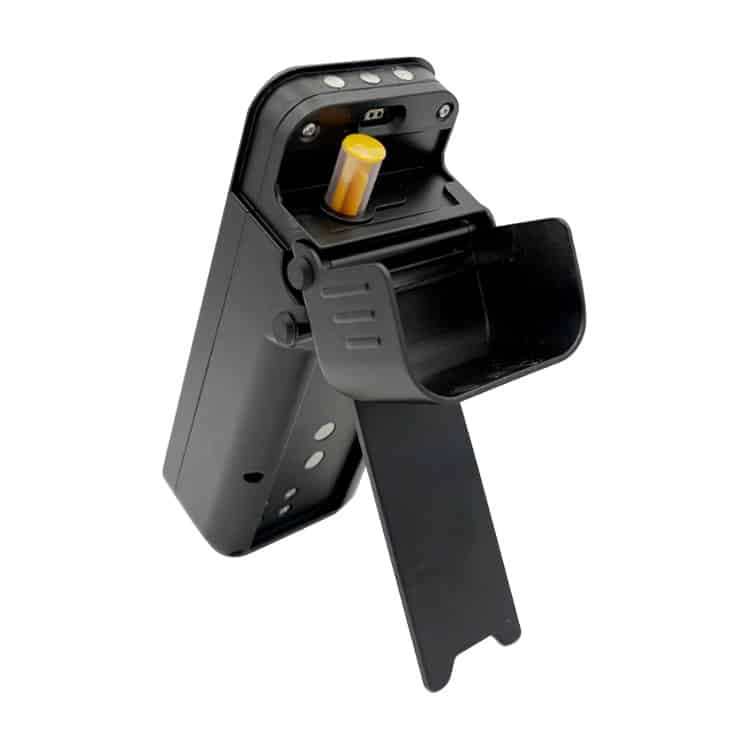
Sensitive & accurate
Research has shown that root canal ATP testing correlates to remanent debris levels present in the root canal. Endocator® detects when root canals are still contaminated with debris and when root canals are clean and ready to be filled.
Easy & fast
Simply rinse the canals with sterile water, then aspirate and inject a sample into the Endocator test swab, activate the tester by pushing down on the top button and get a reading in 10 seconds.
The Science Behind Endocator®
How does Endocator® work?
The Endocator® utilizes bioluminescence technology to detect residual contamination invisible to microscopes and radiographs, offering an objective, quantitative score of cleanliness.
High Endocator® readings means that there are still high levels of debris (e.g. remanent bacteria and/or pulp tissue) in the sample and that additional cleaning is suggested to better debride the canal system.
Download Our Endocator®
Product Literature
Endocator® Research
Endocator® Studies
- In vitro study using the Endocator® to show the efficacy of sonic activation from the EndoActivator (Nagesh 2025)
- Editorial in Journal of Conservative Dentistry and Endodontics about Endocator® being a paradigm shift in Endodontics (Singh 2024)
- Preprint evaluation of Endocator® to quantitatively evaluate root canal cleanliness (Gambarini 2024)
- Publication correlating Endoscore ATP levels to BMP bacterial Endotoxin levels (Nagesh 2024)
Root canals with bacteria fail more
- Failure rate of root canals that culture positive to bacteria have a five times higher failure rate (32% failed) than teeth that cultured negative to bacteria (6% failed). (https://pubmed.ncbi.nlm.nih.gov/9477818/)
- Failure rate of root canals that require retreatment is three times higher (56% failed) for teeth that culture positive to bacteria compared to teeth that culture negative to bacteria (20% failed). (https://pubmed.ncbi.nlm.nih.gov/17889679/)
Success of ATP and other chairside tests
- An in vivo JOE article in 2015 showed that ATP testing is an effective way of determining when a tooth will culture negative. (https://www.researchgate.net/publication/270826984_Rapid_Method_for_the_Detection_of_Root_Canal_Bacteria_in_Endodontic_Therapy)
- Chairside test showed that teeth that had high levels of bacterial markers had a 4.5 times higher failure rate (80% failed) then teeth that had a low level of bacterial markers (10% failed) (https://pubmed.ncbi.nlm.nih.gov/32635158/)
One visit endo and root fractures
- One Visit Endo- Endocator® can be used to determine when a tooth is clean. Studies have shown that the success rates of one visit root canals are the same as two visit root canals and that the number of bacteria present at the time of obturation is a much more accurate way to predict success (https://pubmed.ncbi.nlm.nih.gov/22892729/)
- Conservative Endodontics- Making a root canal too big can lead to root fractures. An estimated 17% of failed root canals are found to have root fractures. With Endocator® you can be confident that the tooth is clean without having to make excessively large preparations. (https://pubmed.ncbi.nlm.nih.gov/28730236/)
Endocator® Accessories
Endocator® Test Swabs
The Endocator® Test Swabs are specifically formulated for endodontic use and chairside test results in 10 seconds.
- Sold in packs of 20
- Each Endocator® Test Swab is single-use
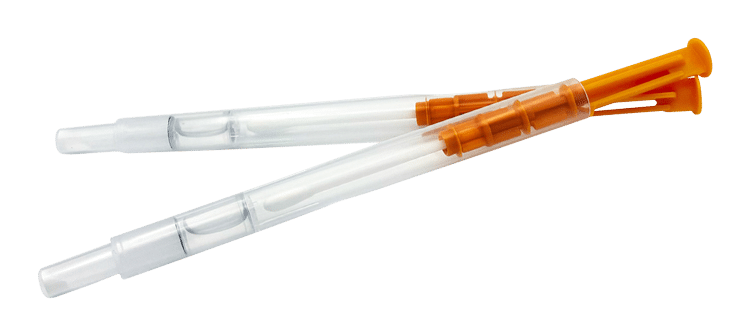
About the Inventor
Randolph Cross DDS
Dr. Randolph Cross graduated Magna Cum with a Molecular Biology and Biochemistry degree and worked in the biotech field before going to dental school then endodontic residency. When completing his root canals Dr. Cross tested various methods to determine when root canals were clean. After looking at several technologies Dr. Cross developed a biomarker formula based on the science of detecting ATP inside of a root canal. Dr. Cross is currently a practicing Endodontist and uses ATP testing on virtually all of his root canals.

Endocator® is Now Available Through Your Preferred Dealer
Please click below to fill out the short form and we’ll connect you directly with a dealer partner in your area.


